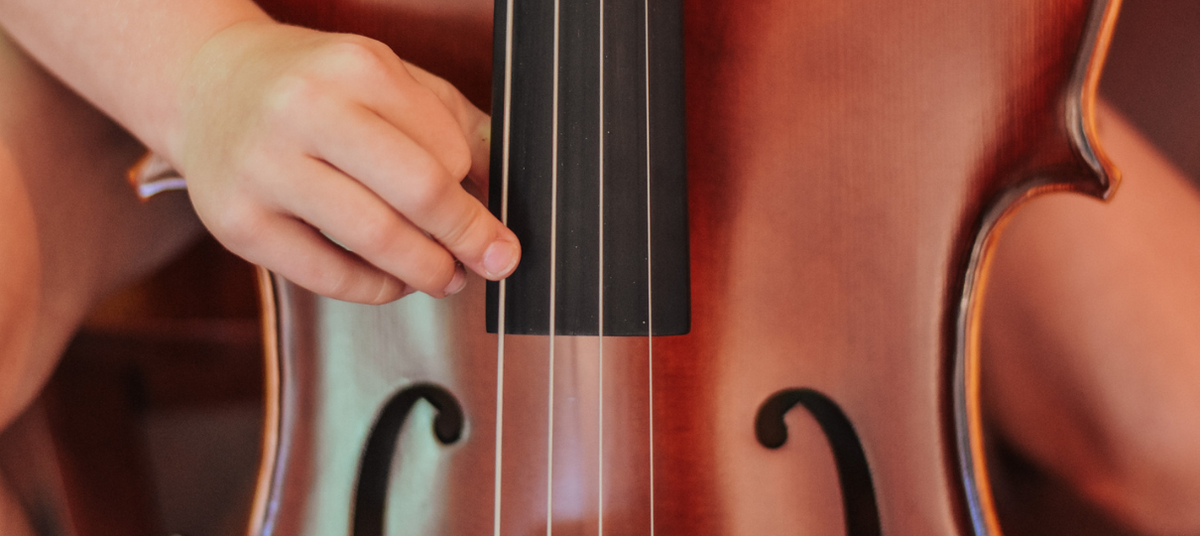Blog
“The Importance of Choosing the Right Strings for Your Instrument”
Whether you’re an aspiring musician or an experienced performer, the strings on your instrument play a crucial role in defining your sound and overall playing experience. From the rich, deep tones of a cello to the bright, vibrant sound of an acoustic guitar, the type and quality of strings you choose can dramatically impact your musical performance. In this article, we’ll explore why choosing the right strings for your instrument is so important and how you can select the best options for your musical style and needs.
Understanding the Role of Strings in Music
Strings are not merely functional components of your instrument; they are the voice of your music. When plucked, bowed, or struck, the strings vibrate, producing sound waves that resonate through the body of your instrument, creating a unique tonal quality. The material, tension, gauge, and construction of the strings all influence how your instrument sounds and feels to play. Whether you’re seeking a bright, crisp tone or a warm, mellow sound, the right set of strings can help you achieve the desired result.
Each string type is designed to work optimally with a specific instrument, so it’s essential to consider factors like the instrument’s range, playability, and your individual preferences when making your selection. Let’s break down how string choices affect different types of instruments.
1. Choosing Strings for Guitars
For guitarists, choosing the right strings can make or break the performance. Guitar strings come in a variety of materials, including steel, nickel, bronze, and nylon. Each material offers its own tonal characteristics, and the gauge (thickness) of the strings affects their tension and playability.
- Steel Strings: These are common for electric and acoustic guitars. They offer bright tones and are great for genres like rock, country, and blues. Within steel strings, you may also find coatings or alloys that add to their durability and sound.
- Nylon Strings: Typically used on classical guitars, nylon strings produce a softer, warmer tone that is perfect for classical and flamenco music. They are easier on the fingers, making them a popular choice for beginners.
- String Gauge: Lighter gauge strings are easier to play and bend, making them great for beginners and fast-playing styles, while heavier gauge strings offer more sustain and richer tone, which many advanced players prefer.

2. Choosing Strings for Violins, Violas, and Cellos
String instruments like violins, violas, and cellos rely heavily on the quality of their strings to produce the desired tonal richness. The right set of strings can enhance the warmth, brightness, or depth of your instrument’s sound.
- Material: Strings for stringed orchestral instruments are typically made of steel, gut, or synthetic core materials. Traditional gut strings offer a rich, warm tone but are less durable and sensitive to weather changes. Steel core strings are more durable and stable, providing a brighter, focused sound. Synthetic core strings combine the best of both, offering warmth and stability.
- Tension: High-tension strings produce a more focused and powerful sound, while low-tension strings create a more mellow and responsive tone. Players should consider the tension that best suits their playing style and comfort.
3. Choosing Strings for Bass Guitars
Bass guitar strings are thicker and more durable than regular guitar strings, as they need to support the lower frequencies produced by the instrument. When selecting bass strings, musicians must consider the type of music they play and the tonal qualities they want to achieve.
- Nickel-Plated Strings: Nickel-plated steel strings are common for bass guitars, offering a balanced tone that works well for various styles, from rock to jazz.
- Roundwound vs. Flatwound: Roundwound strings have a more vibrant and bright tone, perfect for slap bass and rock. Flatwound strings, on the other hand, offer a smoother, warmer tone favored by jazz musicians.
- Gauge and Tension: Bass strings come in different gauges, with thicker strings offering more sustain and a fuller tone. Lighter strings are easier to play and bend, making them suitable for faster, more intricate plying.
4. Choosing Strings for Other String Instruments
Other string instruments, like the harp, mandolin, or ukulele, require specific strings tailored to their unique needs.
- Harp Strings: Harp strings are usually made of nylon, gut, or steel, and they vary in thickness and tension depending on the range of the instrument. Thicker strings are used for lower pitches, while thinner strings are used for higher pitches.
- Mandolin Strings: Mandolins typically use steel or nickel-wound strings, with a high-tension construction that allows for crisp, bright tones.
- Ukulele Strings: Ukulele strings are usually made from nylon or fluorocarbon, and lighter strings are often preferred for beginners, as they are easier to play and bend.
5. How to Know When It’s Time to Change Strings

One of the most common mistakes musicians make is not changing their strings often enough. Over time, strings lose their elasticity and vibrancy, affecting the sound and playability of the instrument. The need for a string change depends on how often you play, your playing style, and the type of strings you use.
- Signs that it’s time for new strings: If you notice that your instrument sounds dull, muted, or out of tune more frequently, it may be time to replace your strings. Additionally, if your strings feel stiff or overly hard to press, they might be losing their tension and responsiveness.
- How often should you change them?: For guitar players, it’s generally recommended to replace strings every 3-6 weeks if playing regularly. For orchestral string instruments, professional players might change their strings every 3-6 months, while casual players might extend that to a year.
Conclusion: A Key Component of Musical Expression
Choosing the right strings for your instrument is about more than just sound—it’s about comfort, playability, and enhancing your musical expression. Whether you’re a beginner or an experienced musician, understanding how strings affect your instrument’s tone and feel can help you make more informed decisions about your gear. By selecting the right strings for your specific needs, you ensure that your instrument produces the best sound possible and that you enjoy every moment spent playing it. Remember, your strings are the bridge between your playing and the music you create—choose wisely to bring out the best in your sound.


